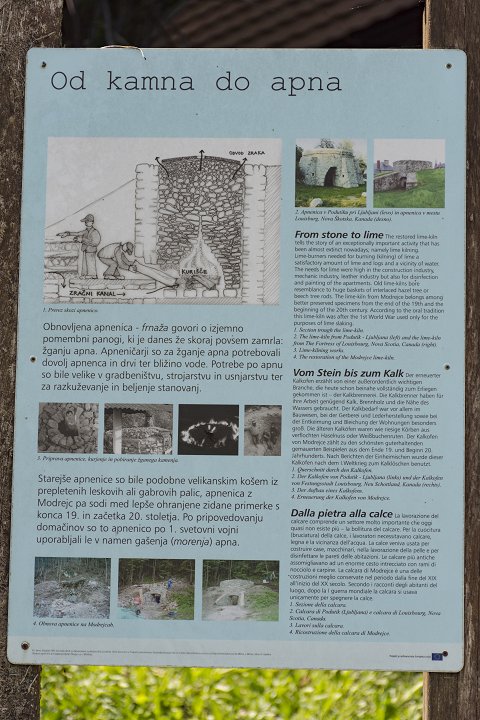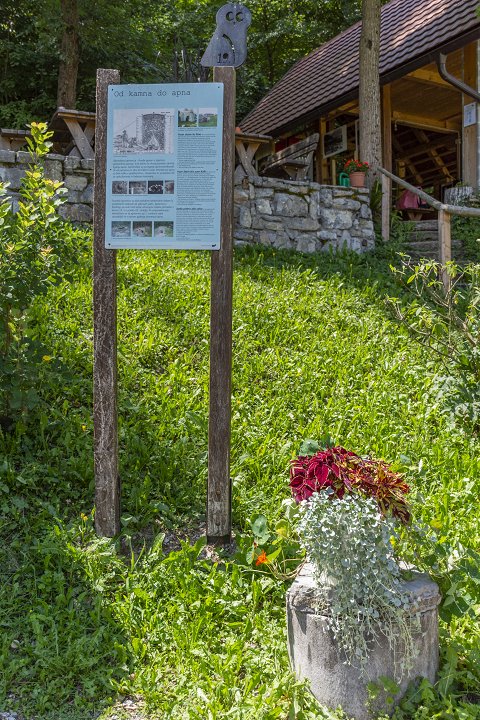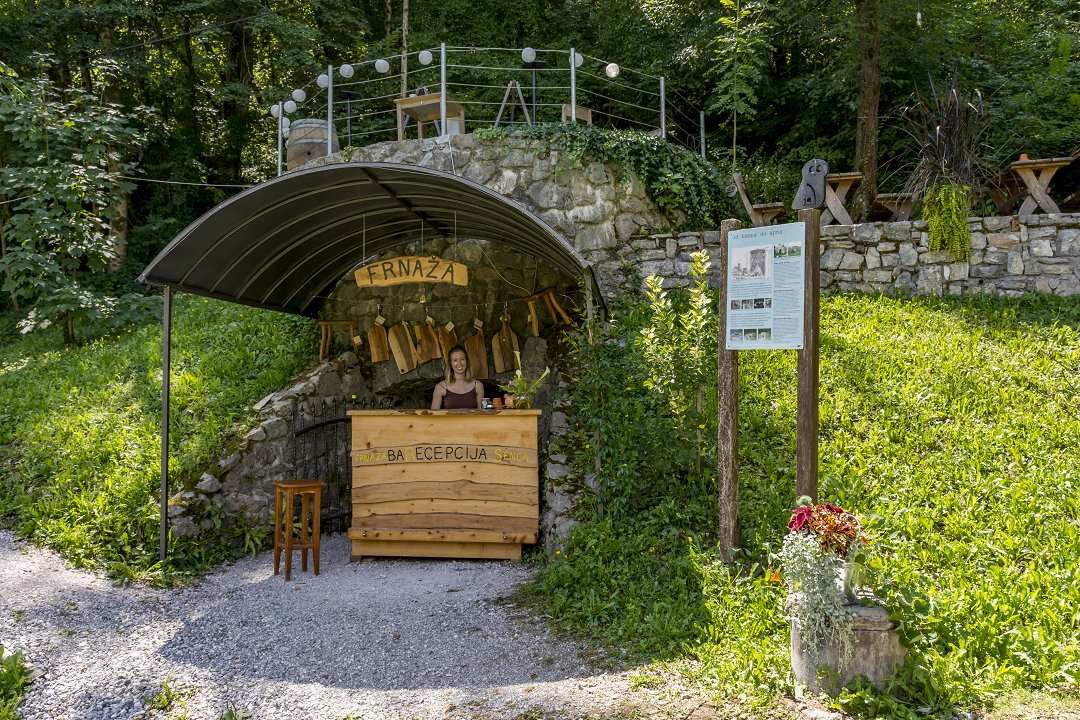Your name is Ludvik. You were born in Modrejce. In spring 1919 you return from Styria in Austria where you were kept in the Wagna camp by Leipzig as a war refugee from the Battles of the Insonzo during World War I.
New beginnings
When you return you find out that your home town has been destroyed. Together with other villagers you build make-shift homes and start to rebuild the houses slowly. You build a limekiln outdoors to make limestone. Building with limestone is much faster and of better quality. You also use it as paint and disinfectant. Preparations to build the limekiln are back-breaking as they involve finding large amounts of wood. However, this is very scarce as the region is ravaged after the war. Because there is really a lot to do, you keep a record of works. You fire the kiln seven days in a row continuously, so you also sleep by the limekiln. Sometimes the atmosphere by the limekiln is very vibrant. Those gathered yell, swear and drink. You are happy that many villagers have survived the war and that they are still able to have fun occasionally.



